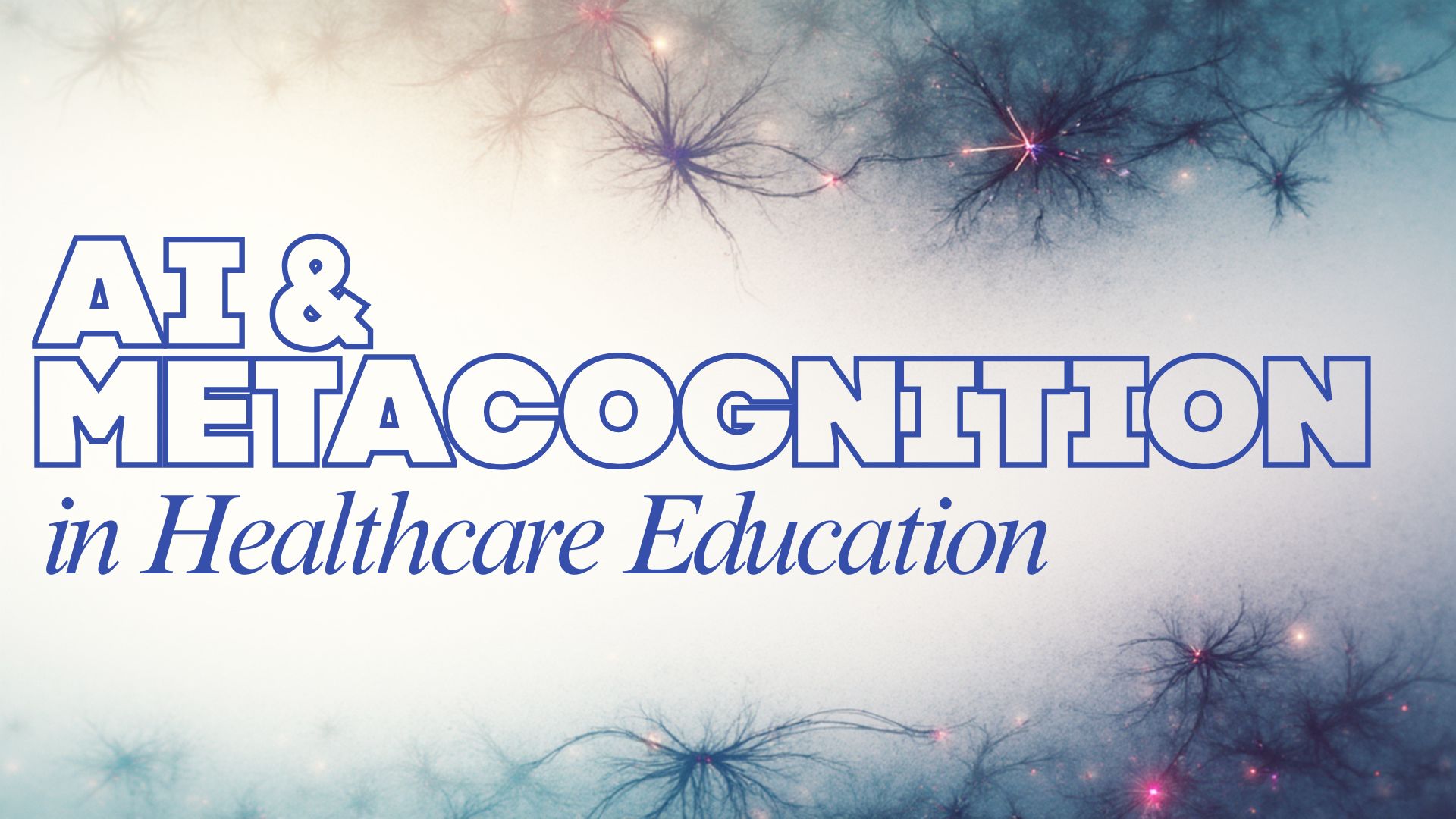“Knowing a fact is not the same as learning.”
That statement from sociologist Tressie McMillan Cottom captures the dilemma educators face today. Artificial intelligence has changed how students access information, but it also shapes how they process it. When algorithms anticipate the next step, the brain is tempted to stop doing its own work.
In healthcare education, that is not a small concern. Clinical reasoning, empathy, and self-reflection are built through cognitive effort, not automation.
When Artificial Intelligence Reduces Cognitive Effort
AI tools can now:
- Draft patient notes and care summaries
- Generate discussion posts or essays in seconds
- Simplify literature searches and concept explanations
These tools make learning faster, but not necessarily deeper.
A 2025 study in Societies found a strong negative correlation between frequent AI use and critical thinking ability among 666 learners (Gural et al., 2025). The authors described this as cognitive offloading, meaning that technology begins performing the mental work the learner’s brain once managed.
Another systematic review, AI as a Cognitive Partner (Goyal, 2025), identified metacognitive sloth among students who relied heavily on AI. Their work appeared polished, but their awareness of how they learned declined.
The pattern is clear: when students use AI to complete a task, they often skip the reflection that builds long-term understanding. In clinical training, that gap limits reasoning under pressure and weakens professional judgment.
The Science of Productive Strain
Learning improves when it requires effort. Cognitive psychologists call this desirable difficulty. It is the point of tension that strengthens recall and reasoning. Think of it like strength training for the mind.
When AI removes that strain, the brain never develops endurance. Students may recall answers but forget how they reached them.
Standardized Patient (SP) methodology reintroduces this cognitive exercise. Each encounter requires learners to:
- Recall facts and apply them to unique cases
- Interpret emotional and nonverbal cues
- Communicate decisions under time pressure
- Reflect on feedback and adjust behavior
A 2024 longitudinal study of 311 nursing students found that those trained through SP simulation scored significantly higher on cognitive measures than peers who attended lecture alone (Singano et al., 2024). Simulation did not slow learning. It accelerated it by transforming information into practice.
SP Methodology as the Cognitive Cockpit
If AI functions as a database, SP methodology functions as a cockpit for reasoning.
During simulation, learners manage multiple inputs at once: patient cues, ethical considerations, and clinical data. They adapt their tone, respond to emotion, and make decisions that carry realistic consequences.
Short encounters create rich engagement. SP sessions focus effort where it matters most. Learners make choices, receive immediate feedback, and adjust in real time. The process builds metacognition, confidence, and professional presence.
This is the kind of learning that AI cannot automate. SP methodology accomplishes in a few focused minutes what hours of passive study cannot. It drives the synthesis of knowledge, empathy, and behavior through authentic human interaction.
Human Simulation as the Antidote to Passive Learning
Artificial intelligence is not the enemy of education. The real risk is mental disengagement. AI can deliver content efficiently, but it cannot replicate the cognitive and emotional processes that create insight.
Human simulation in healthcare education fills that gap by restoring:
- Curiosity and inquiry
- Emotional awareness and empathy
- Interpersonal communication skills
- Reflective judgment and clinical reasoning
If AI offers a shortcut to information, Standardized Patient methodology offers a shortcut to transformation. It builds skill through effort and reflection. It turns efficiency into understanding and repetition into mastery.
Deep learning is still human, and SP methodology keeps it that way.

